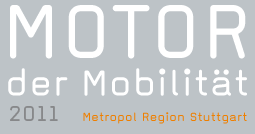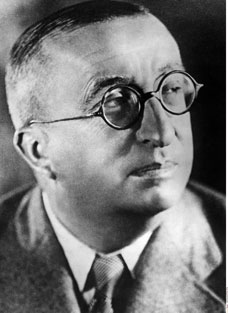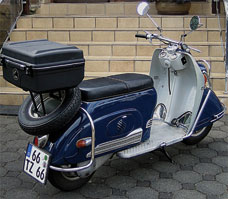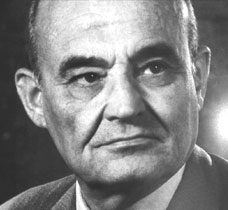Pioneer of the skies
Even as a child, Ernst Heinkel (1888–1958) was passionate about aircraft construction, in its infancy at the time, and aircraft design. A test flight in 1911 which ended in a crash from a height of 40 metres did nothing to dull his enthusiasm for the business of flying. His developments ranged from small double-deckers and seaplanes to reconnaissance planes and turbojets and jet aircraft. After the Second World War, in 1950 Heinkel risked a fresh start, first of all developing engines,
-followed by scooters and, in 1955, 
bubble cars.
From reel to coil
In 1947 at the age of 35, Dr. Fritz Faulhaber founded his company “Dr. Fritz Faulhaber Feinmechanische Werkstätten“ in Murrhardt. Just two years later the factory was relocated from Murrhardt to Schönaich.
In order to focus his creative energies entirely on his ideas, Dr. Fritz Faulhaber handed over management of the company to his general manager. This allowed him to concentrate on new precision engineering inventions. In 1958 a patent application (DE1188709) was filed for the electric miniature motor, which was based on a self-supporting skew-wound ironless rotor coil. This invention founded a new sector of industry in which millions of motors are produced today.
At the beginning of the fifties Dr. Fritz Faulhaber developed the “Vitessa” camera model. Requested to build a low--inertia rotor for compact, powerful servomotors, he developed his famous ironless rotor coil, which became a milestone in the history of precision engineering and is still today the seal of quality of a unique drive system.









 download .pdf
(172 KB)
download .pdf
(172 KB)